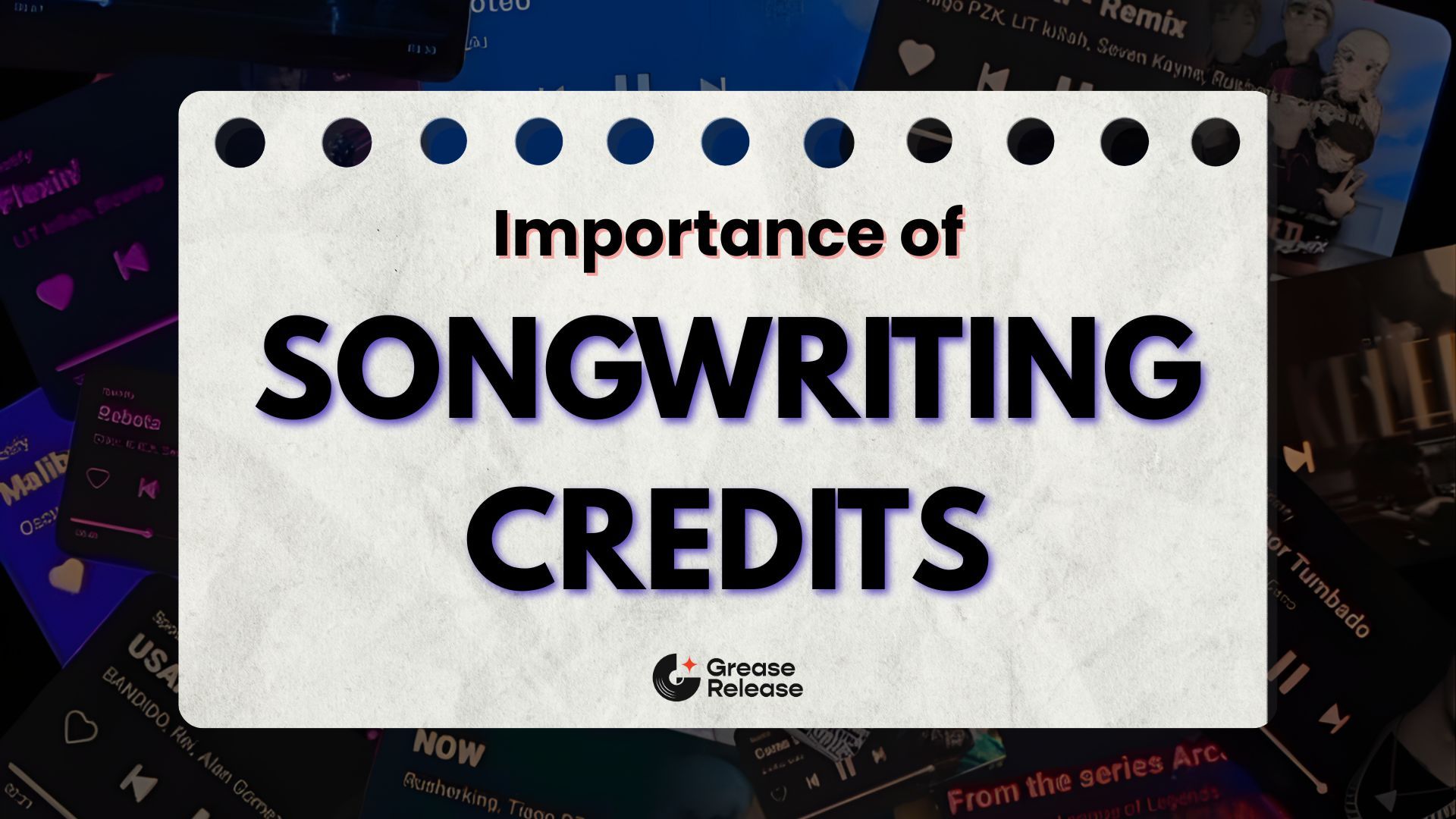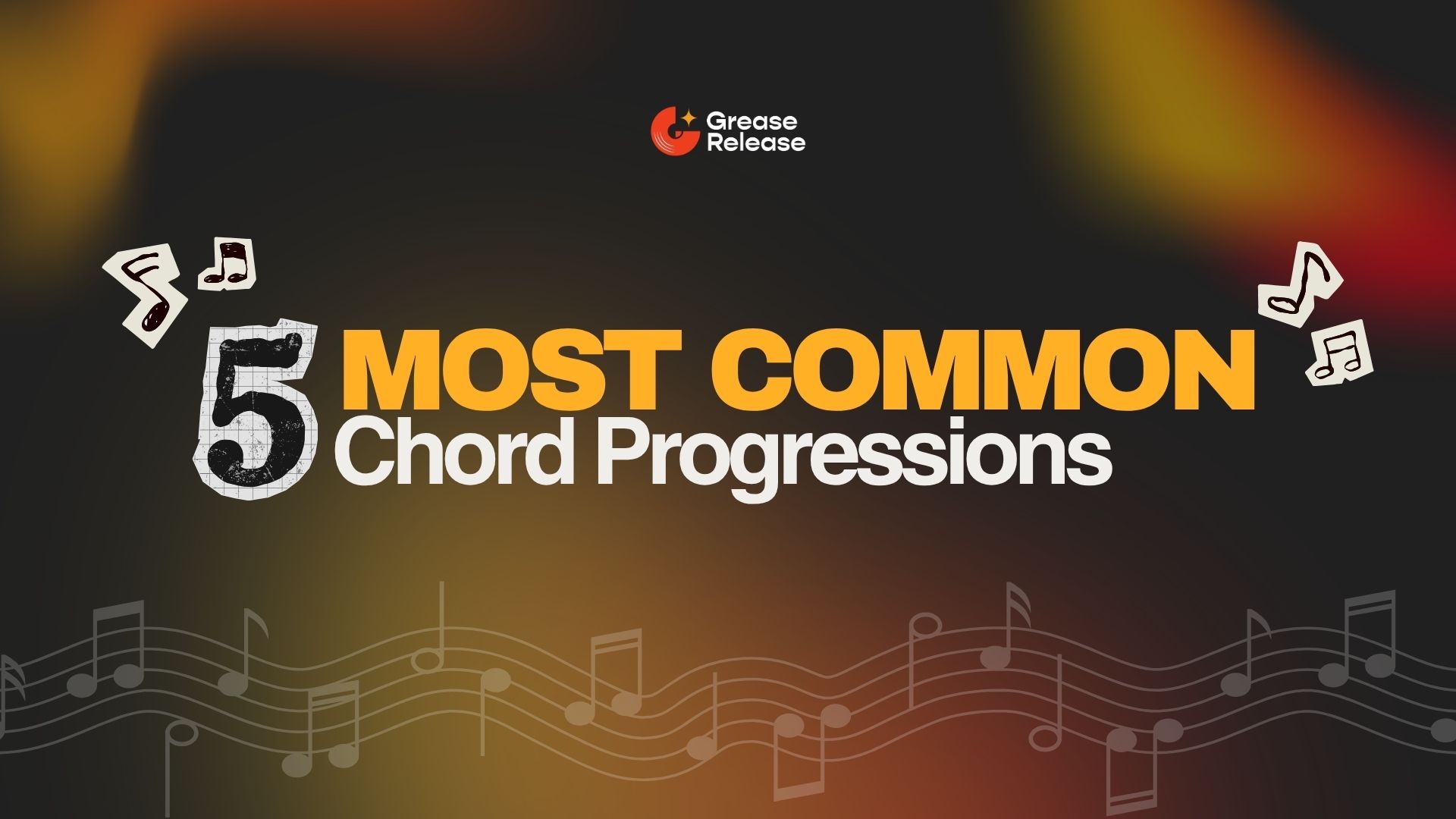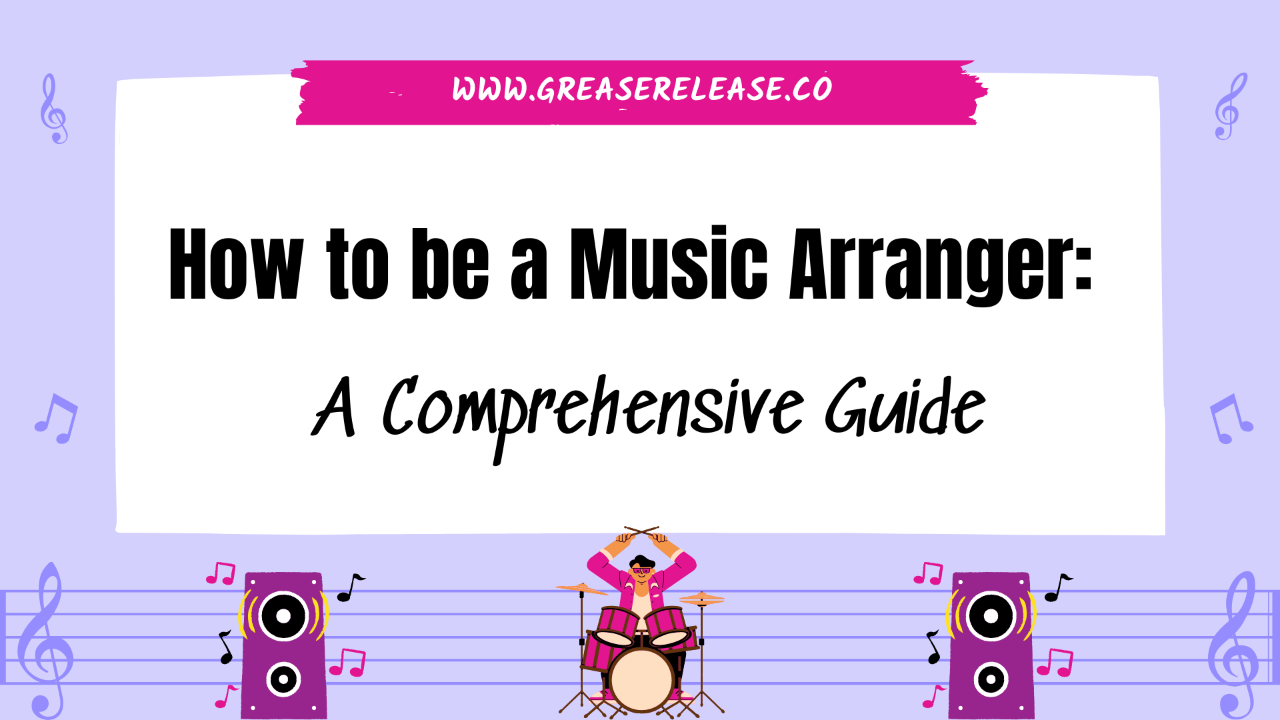
How to be a Music Arranger: A Comprehensive Guide
May 24, 2023Music arranging
is a captivating and intricate craft that brings life to musical compositions, transforming them into captivating pieces of art. An exceptional music arranger possesses a unique combination of technical expertise, creativity, and an innate understanding of various musical elements. In this blog article, we will explore the fundamental steps and essential skills required to embark on a fulfilling journey as a music arranger.
Develop a Solid Foundation
To become a skilled music arranger, it is crucial to acquire a strong foundation in music theory and composition. Familiarize yourself with musical elements such as melody, harmony, rhythm, dynamics, and form. Study different musical genres and immerse yourself in diverse musical styles, as this knowledge will serve as your creative palette when arranging. A thorough understanding of music theory forms the backbone of any music-related endeavor. Learn the fundamentals of notation, scales, intervals, chords, and key signatures. Study harmony and chord progressions to grasp how different chords function within a piece. Composing original music allows you to gain a deeper understanding of how melodies, harmonies, and rhythms interact. Practice composing melodies, chord progressions, and short musical sketches to develop your creative abilities.
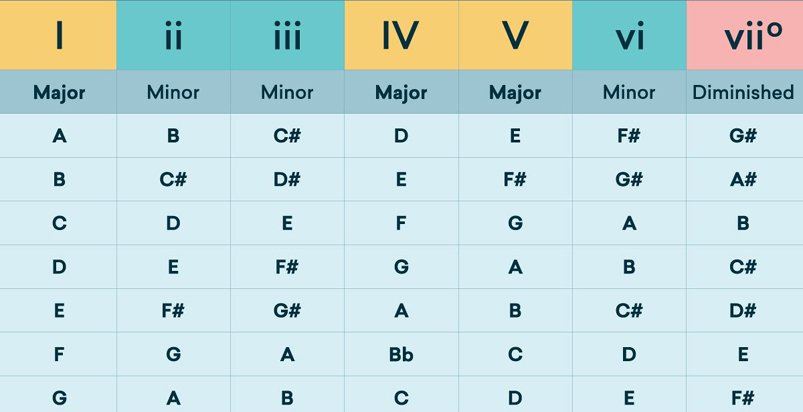
While it's not necessary to be a virtuoso on every instrument, having a working knowledge of various instruments will greatly aid your arranging skills. Familiarize yourself with the ranges, characteristics, and techniques of different instruments. Study and analyze arrangements from a wide range of musical genres and eras. Dissect the arrangements to understand how the arranger made specific choices regarding instrumentation, voicing, harmonization, and dynamics. Look for patterns, common techniques, and innovative approaches.
Try to immerse yourself in various musical genres and styles. This knowledge will help you create arrangements that are authentic to the style you're working with. Continually challenge yourself to deepen your understanding of music theory, composition, and the intricacies of different instruments. With a strong foundation, you'll have a solid platform from which to express your creativity and create captivating arrangements.
Deepen Your Listening Skills
Enhance your ability to listen attentively to music. Train your ears to discern various instrumental and vocal elements within a composition. Analyze the arrangements of renowned musicians and arrangers, identifying their choices in voicings, textures, and instrument combinations. Listening critically will hone your ability to deconstruct the music and recreate it in a new and compelling way.
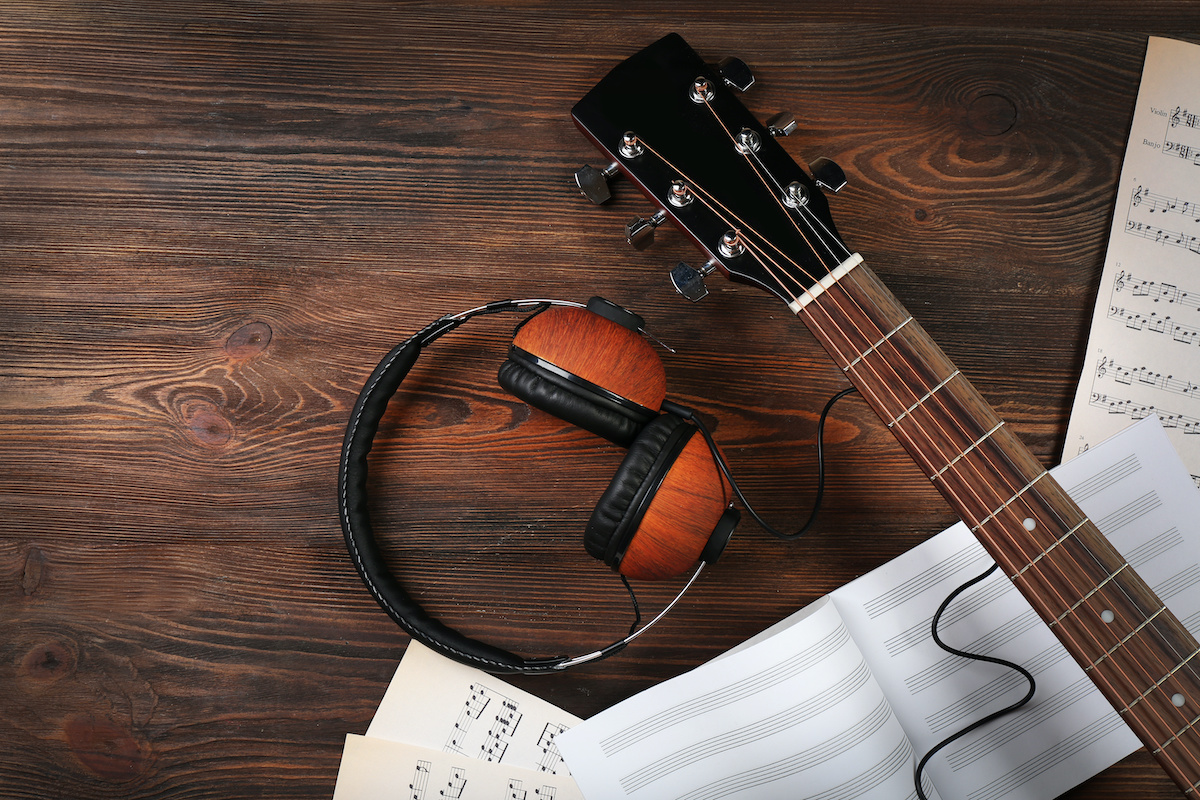
Study Arranging Techniques
Delve into the study of arranging techniques specific to different genres and instrumentations. Explore concepts such as voicing, chord progressions, counterpoint, modulation, orchestration, and instrument ranges. Learn how to adapt musical material for different ensembles, including orchestras, jazz bands, chamber groups, and vocal ensembles. Experiment with different textures and harmonizations to add depth and complexity to your arrangements. Studying different arranging techniques involves a combination of active listening, analysis, and practical application.
Choose specific arrangements that captivate you and analyze them in detail. Break down the arrangement into its components, such as melody, harmony, rhythm, and instrumentation. Identify the choices made by the arranger regarding chord voicings, instrument combinations, counterpoint, and dynamics.
Transcribing arrangements by ear is an excellent way to deepen your understanding of different techniques. Choose a section or a full arrangement and transcribe it note by note. If you have access to sheet music, study the scores of renowned arrangements to gain insights into the specific techniques employed. Read books, articles, and interviews about their arranging techniques and philosophies. Seek instructional videos, masterclasses, and workshops featuring experienced arrangers sharing their insights and techniques. Online platforms, such as YouTube and educational websites, often offer valuable resources and tutorials on arranging techniques.
Apply what you've learned by experimenting with different arranging techniques in your own compositions and arrangements. Start with simpler arrangements and gradually challenge yourself to incorporate more advanced techniques. Consider how you can apply specific techniques to create unique and compelling arrangements. Share your arrangements with experienced musicians, arrangers, or educators and seek constructive feedback. Their insights can provide valuable guidance and help refine your understanding of arranging techniques.
Experiment with Technology
Embrace the advancements in music production technology, as they provide various tools and resources for music arrangers. Digital Audio Workstations (DAWs), notation software, and virtual instruments can be powerful aids in realizing your arrangements. Experiment with MIDI sequencing, sample libraries, and audio effects to create realistic and immersive arrangements. Mastery of these tools will greatly expand your creative possibilities.
Digital audio workstations, such as Ableton Live, Logic Pro, or FL Studio, are powerful tools that enable you to arrange and produce music digitally. DAWs provide a platform for recording, editing, and manipulating audio and MIDI data. Familiarize yourself with a DAW of your choice and explore its functionalities to bring your arrangements to life.
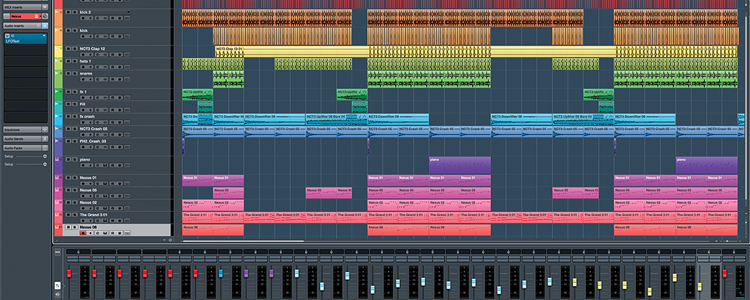
Notation software, such as Finale or Sibelius, is invaluable for creating professional-looking sheet music and scores. Notation software allows you to arrange music in a traditional score format, making it easier to communicate your arrangements to musicians and ensembles.
Virtual instruments and sample libraries offer a vast array of realistic sounds and instruments that can be used in your arrangements. These software-based instruments emulate the sounds of acoustic and electronic instruments, ranging from pianos and strings to synthesizers and drums. MIDI (Musical Instrument Digital Interface) sequencing is the process of recording and manipulating MIDI data within a DAW or MIDI sequencer. MIDI data consists of note information, dynamics, and various performance parameters.
Experiment with different effects to shape the sound and create unique textures. For example, you can add a reverb to simulate a concert hall or use compression to control the dynamics of individual instruments. Audio effects and processing allow you to polish and refine your arrangements to achieve the desired sonic quality.
It takes sincere studying, practicing, and developing your skills for years to seem like you have a knack for music arranging. So keep realistic expectations, short and long-term goals and be open to experiences.
We at GreaseRelease, have a bunch of curators on our network who are looking for new & exciting music to push on their massive playlists. If you make music and want to reach a wider audience, check out our submission platform and get a chance to reach millions of listeners! Submit your tracks now!
Studies show that 80% of musicians constantly feel overwhelmed and we want to take that load off by helping you stay organized that's why, my team and I created the ProdPro 2.0
The ProdPro 2.0 is the ultimate organization tool built by and for musicians. Click here to learn more.
Don't miss my newsletter!
Join me on a music entrepreneurship journey with new tips and tricks delivered straight to your inbox.
We hate SPAM. We will never sell your information, for any reason.


